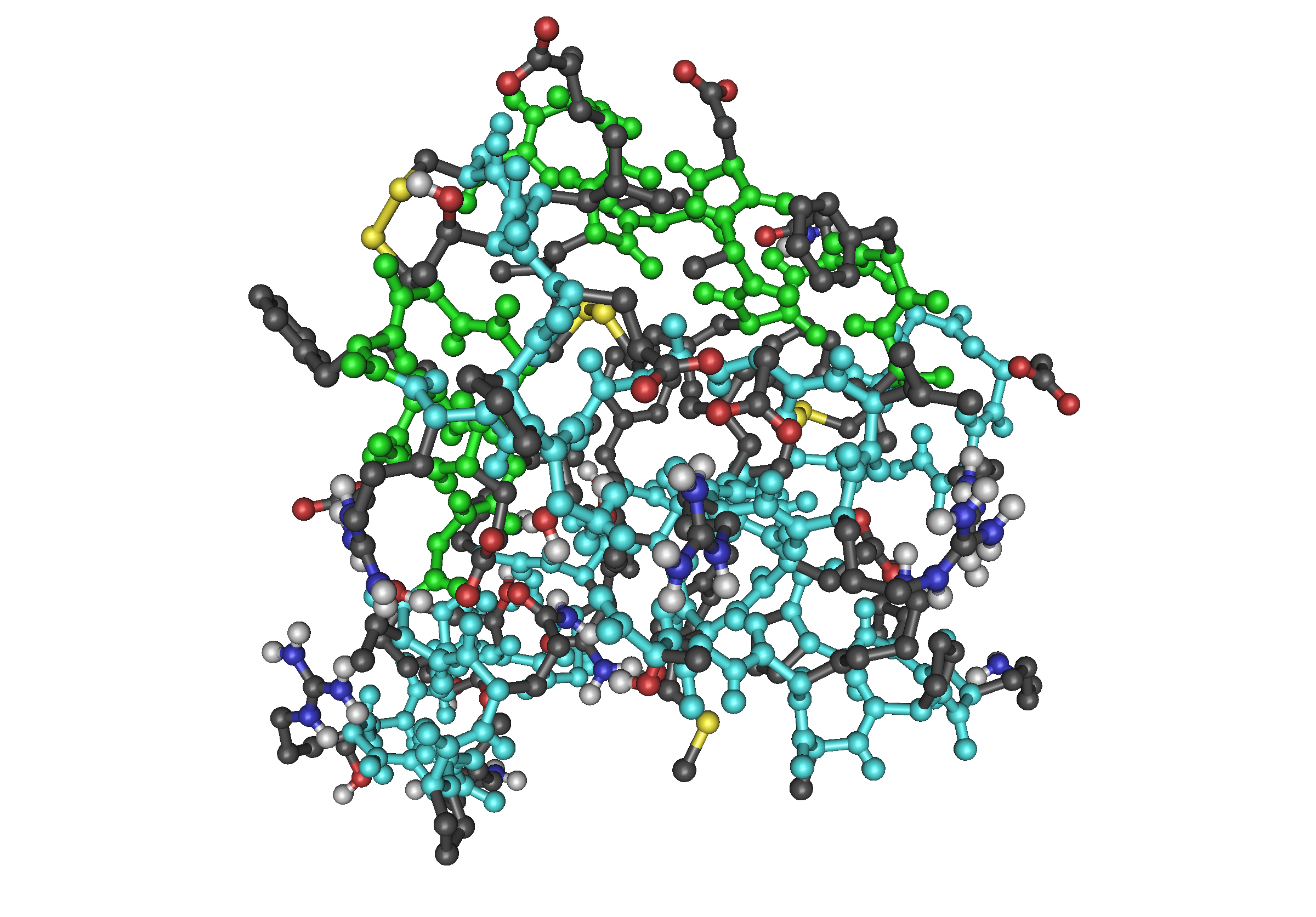(Click here to read our disclaimer)
(Click here to view this product in our store)
Igf-1 Des1 refers to insulin-like growth factor 1 or somattomedin C. This is a protein that has been encoded as the IGF1 gene when it appears in a natural setting. It is also often referred to as a sulfation factor which causes non-suppressible insulin-like activity when it is activated.
In a natural setting, this hormone mimics the structure of insulin. The synthetic version of this chemical is used as a mecasermin that may have factors that could be used to treat growth failure, though studies are still ongoing regarding the potential application of this synthetic chemical in a natural setting.
Mechanism of Action
The natural version of Igf-1 des-1 exists in a variety of types of tissues and cells.
- When this chemical binds to IGF1R it creates a receptor tyrosine kinase which initiates intracellular signaling. The Igf-1 des1 chemical is one of the most potent activators within the AKT signaling pathway, stimulating proliferation and cell growth while inhibiting programmed cell death.
- Once Igf-1 is produced in the body, it will affect every type of cell, particularly the nerve cells, while stimulating DNA synthesis.
The synthetic version of this chemical is largely designed to mimic these effects on tissues. Researchers hope that in time this synthetic chemical can be developed to a point where it could be used to treat deficiencies of GH in the animal body. Currently the synthetic version is applied to cattle to increase reproductive performance.
Effects on Diet
Igf-1 des1 was studied to determine how it affects the quality and quantity of dietary proteins within plasma immunoreactive insulin in the livers of rats.
- Plasma immunoreactive concentrations of Igf-1 were found to be higher in rats that followed a casein diet rather than those that followed a protein-free diet consisting of soya-bean proteins.
- Throughout the study, four species of the Igf-1 hormone were found to have a different molecular weight when stored in the liver of the rat. Those on a gluten diet were found to have a decrease in the size of the chemicals in the liver compared to those on the casein diet.
- The livers of the rats that were given the gluten, protein-free diet were around .4 compared to the rats that followed the casein diet.
It was found that applying a soya-bean protein diet to the rats did not have a marked effect on the mRNA version of Igf-1. This indicates that this version of the chemical and its sensitivity may be regulated by the nutritional quantity and quality of the dietary proteins in the system.
In more recent studies, a plant expression of Igf-1 des1 was developed in a transgenic rice grain that could produce the chemical in a recombinant natural setting, but additional study is needed to best determine the proper way to manufacture this version of the chemical.
Sources
http://journals.cambridge.org/action/displayAbstract?fromPage=online&aid=870596
Click here to view the homepage of our store
Click here to view our entire PDF research library
Click here to view or download this article in PDF format



